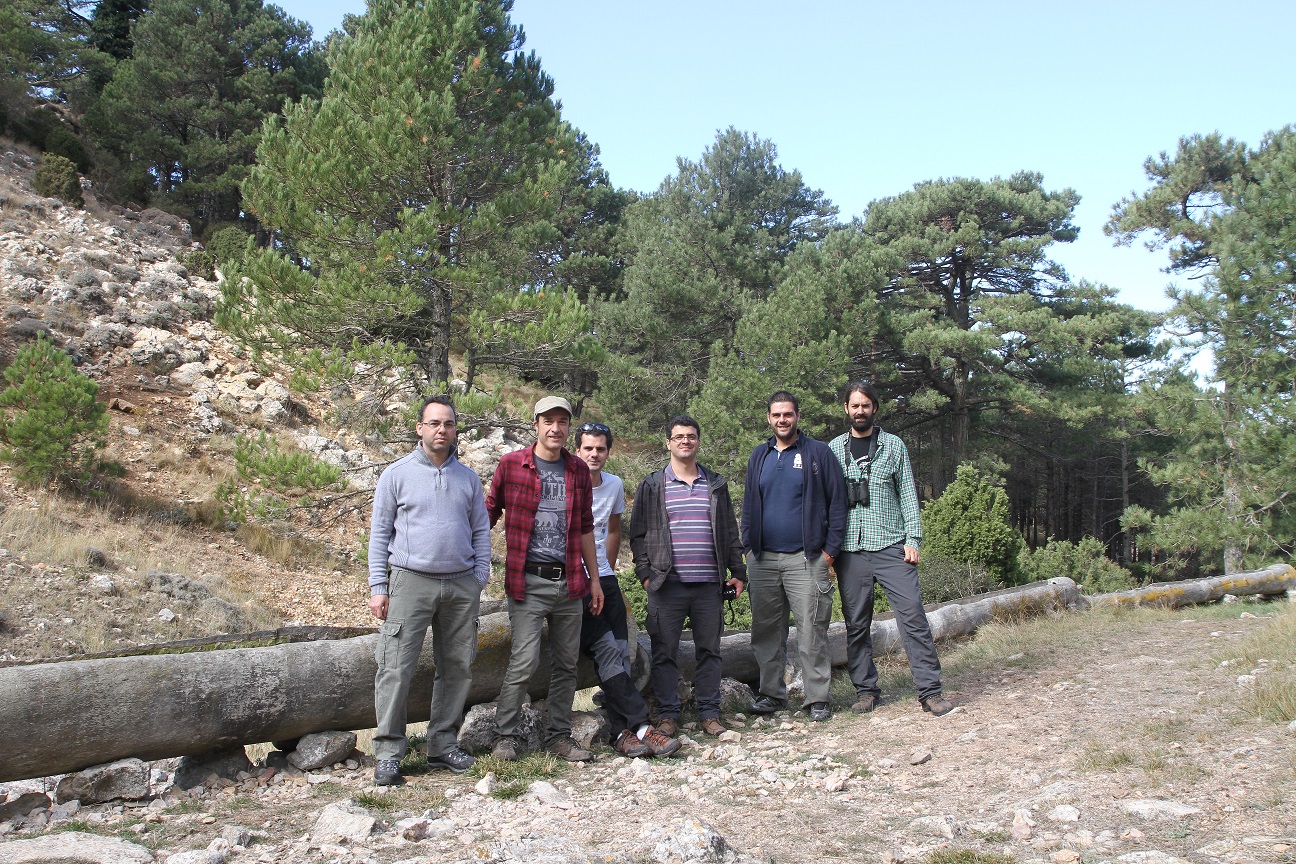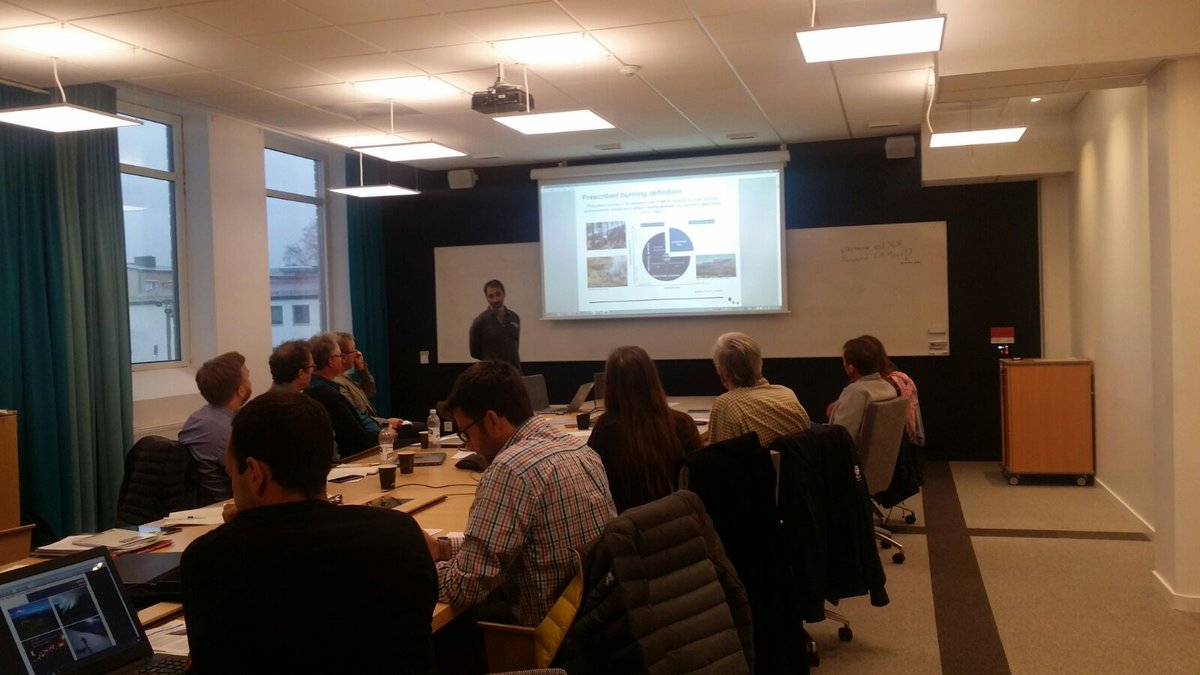Basic action will consist of opening small holes in the canopy, less than 1,000 m2, to spawn the natural regeneration of pinecones, thus assuring the conservation of Pinus nigra forests. Conservation shall be defined as the species’ guarantee to remain dominant, or to condition a larger part of the habitat’s structure. In many areas of its habitat distribution, natural species regeneration is inexistent or very limited due to historical processes, especially those in which anterior management techniques were intensive and the young trees, which guarantee the sustainability of Pinus nigra, do not present the best characteristics to ensure vital regeneration for the future.
Specific Objectives
- Promote the natural regeneration in three adult Pinus nigra stands with a regular structure and where the groupings already present symptoms of maturity. There is not any regeneration that guarantees long term sustainability of these black pine dominant habitats.
- Improve the vegetative heterogeneity, ecological complexity and biodiversity of the forest.
- Exemplify management for the improvement of young dense forests with little vitality, low structural diversity and elevated fire risk, to permit the multi functionality of the habitat by successfully combining habitat conservation with management that is ecologically, economically and socially sustainable.
- Develop transference material which brings together the main management recommendations for treatments that guarantee habitat conservation and improvement in Pinus nigra forests. Application of better available techniques (BAT) and Sustainable Forest Management (SFM) make conservation compatible with the rest of the forests’ functions (socioeconomic and recreational).
This is a demo action for the applicability of black pine forests typical to this habitat structure in their entire Iberic distribution. Stands subject for action present an elevated demo value: they are located in places with high accessibility, are representative of the identified habitat typology, and have facility for hosting posterior training or educational visits.
Results
The project planned a total of 68ha, 54ha in pre-Pyrenees and central region and 14ha in southern. Afetr Action 3, a total of 51,62ha have been selected . During the processing of the actions, a total of 6,67ha were excluded because of execution conditions set by management bodies of the Parc Natural dels Ports. ZEC distribution and their status of implementation are shown in Table 1:
Table 1. Distribution and status of actions C3 according Conservation program
| REGION | ZEC | AREA(ha) | CONSERVATION WORKS | |
| Area (ha) | State | |||
| pre-Pyrenees and central | ES5130028 Ribera Salada | 4,20 | 4,20 | Finalized |
| pre-Pyrenees and central | ES5130027 Obagues riera de Madrona | 3,66 | 3,66 | Finalized |
| pre-Pyrenees and central | ES5130010- Serra de Boumort-Collegats | 24,33 | 22,00* | Finalized |
| southern | ES5140011 Sistema Prelitoral Meridional | 2,15 | 2,15 | Finalized |
| southern | ES5140009Tivissa-Vandellós-Llaberia | 17,28 | 17,28 | Finalized |
*In the process of marking, 2,33ha were excluded due to the logging difficulty
Figure 1. Preparatory cutting in the Serra de Boumort-Collegats






